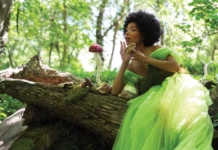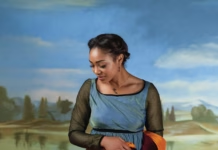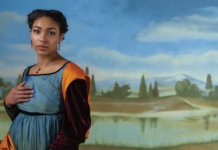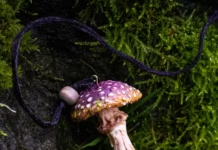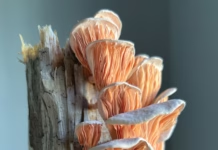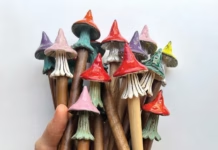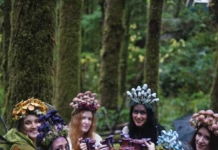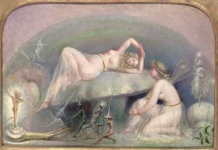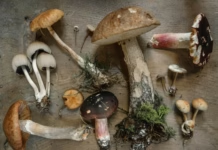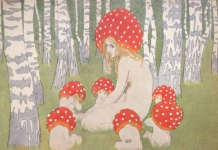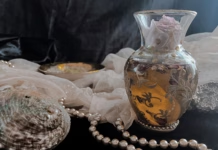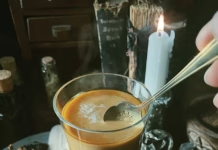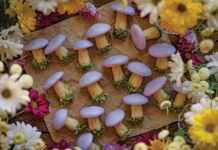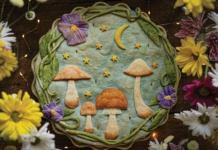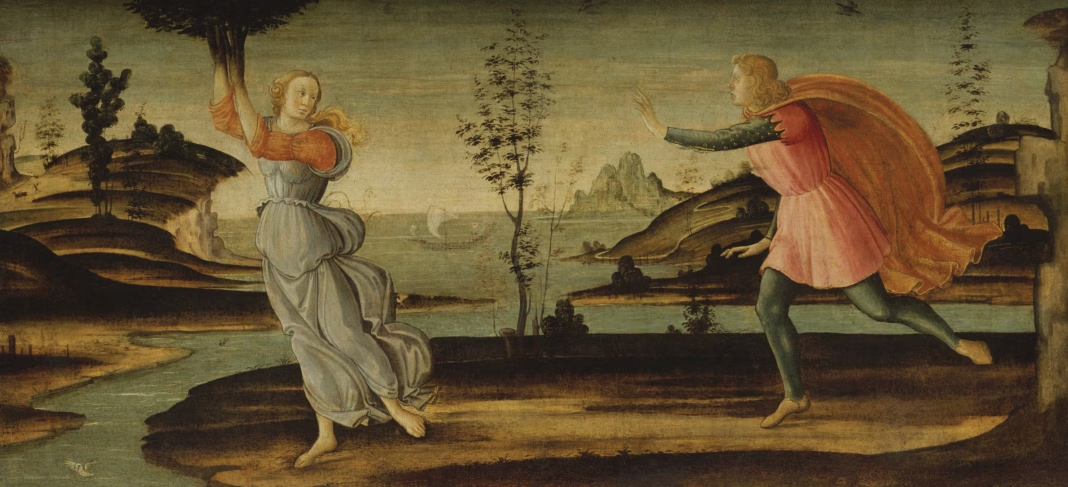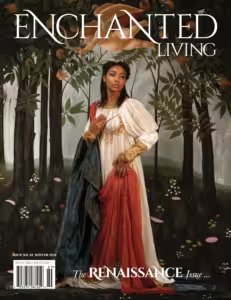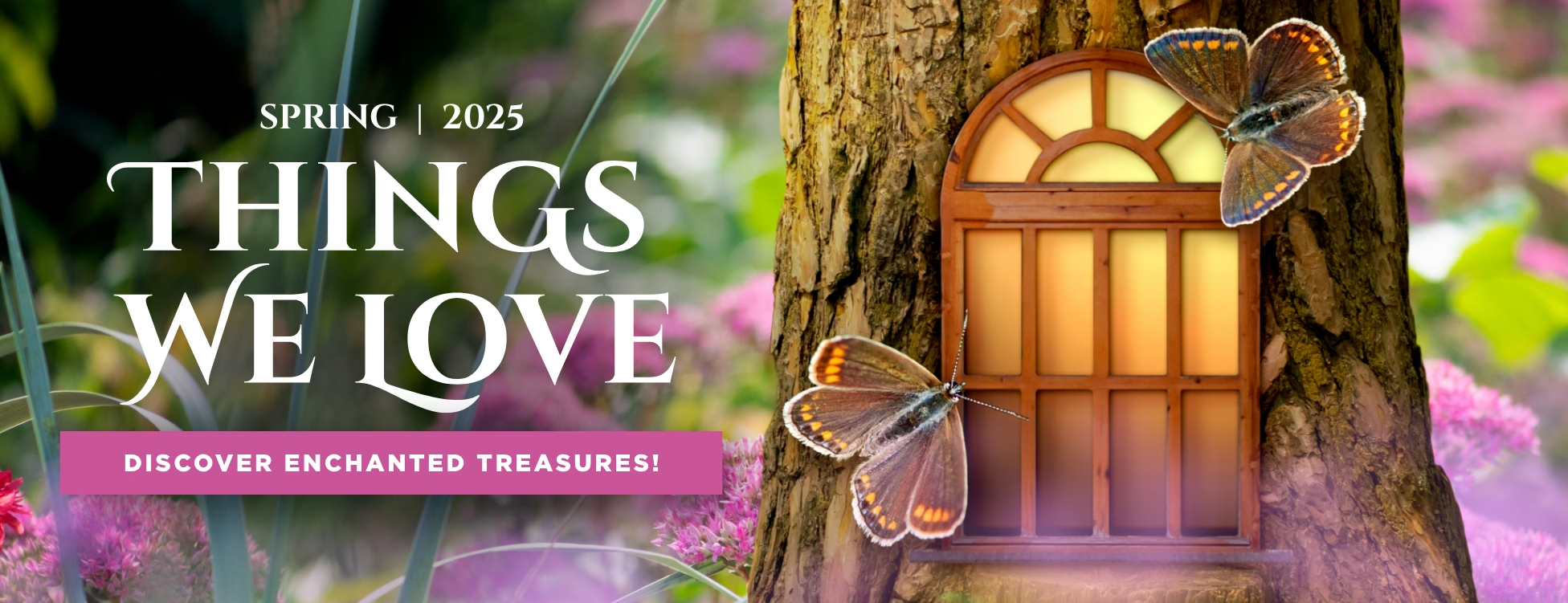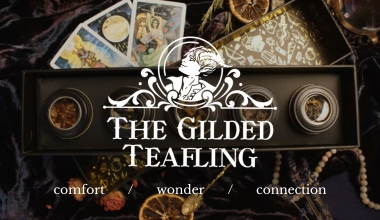Over a decade ago, in light of many, many years of harassment, I underwent a dramatic transformation. Prior to this point, I was considered so extraordinary that people would shout at me in the street. I would be grabbed, pointed at, poked. Once in a record shop, a man brought his girlfriend to look at me as he couldn’t believe anyone like me would be allowed out in public. Another man crawled across the floor of a bar to take a photo of me.
An unexpected gift of money allowed me to suddenly, albeit painfully, alter my appearance, and since then, I have faded into invisibility, safe at last.
Because of my own transformation, I have always felt a kinship to those women in mythology who alter to find peace. Back in the mists of time, droves of women implored the gods for help and were altered for their own safety and sanity. Ambrosia turned into a grapevine to avoid murder; Clytie turned into a sunflower to eternally watch her lover, Helios the sun god, chart his luminous progress in the sky. Phyllis, in abandoned despair, transformed into an almond tree but did manage the rare feat of reversal, exploding dramatically out of the bark at her husband’s return.
Most famous of all the transforming maidens is Daphne, pursued by a man who felt she did not understand how lucky she was to be the focus of his attention. After all, he was Apollo, the most beautiful god of them all and, apparently, the most entitled. Daphne was devoted to Apollo’s twin sister, Artemis, the goddess of the hunt and of the moon. She followed this wise and chaste leader’s example and wanted absolutely nothing to do with men. Apollo, as it turned out, had no such qualms about the opposite sex and was the lover of a multitude, including Adonis, all nine Muses, and a woman who afterward transformed into the astral constellation Virgo, which might say something of his performance. While out wandering in his sister’s forest, Apollo was shot with a mischievous arrow from the bow of Eros, the little god of lust. The first woman he saw afterward was the unfortunate Daphne, with whom he fell hopelessly in love. She was less enamoured, but he felt he did not have to accept her rejection. Daphne ran as fast as her huntress’s legs would carry her, faster than Apollo, who called after her that she should slow down or else she might hurt herself. Surely the reverse was nearer the truth.
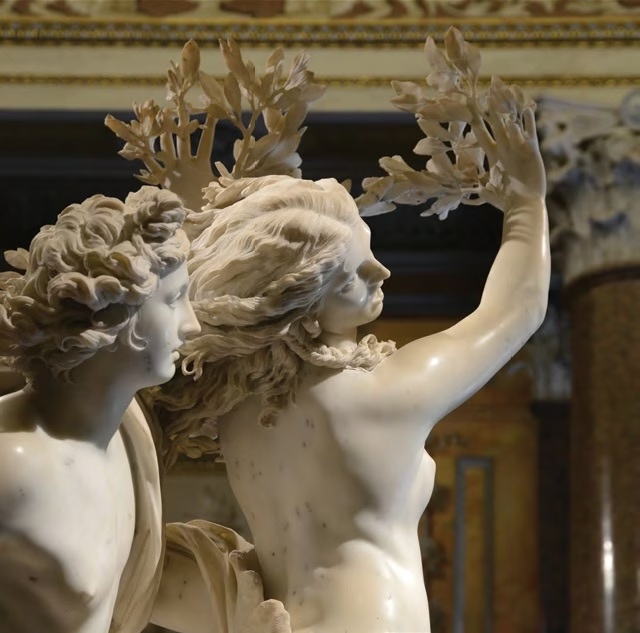
As she continued to flee Apollo, fearing she would not escape, Daphne called upon her father, a river god, to save her. The result created a moment that has inspired artists for centuries. From the tips of Daphne’s fingers grew twigs, and then branches and bark curled up around her legs and Daphne became a laurel tree, safe from the grasp of a man who wouldn’t take no for an answer.
This powerful image appeared in art as early as in Pompeii, as a wall mural, but it found a deep resonance during the Renaissance. Piero del Pollaiuolo’s 15th century masterpiece (opposite) shows the lustful young god attempting to carry away his victim, but she is already sporting two sizable trees from her shoulders—at any moment she will hopefully shout, “Timber!” and squash him. Apollo seems to be gazing up at his arboreal conquest with an expression that says, I’m sure she wasn’t that leafy when I started this pursuit, while Daphne’s resigned countenance suggests a woman who suspected her day would end like this.
Gian Lorenzo Bernini’s astonishing 17th century statue of the subject (above) shows the dramatic moment when Apollo catches Daphne as she transforms, the bark claiming her skin even before he does, so his capturing hand finds only knurls and nobbles rather than the smoothness he expected. As she spins in horror at his touch, her hair flares out and becomes leaves, her outstretched fingers are morphing into twigs, and by the time she faces him, he will be embracing her trunk, solid and resisting. The cold white marble and Daphne’s panicked expression make this an especially chilling rendition of the tale. Is she more frightened at the pursuit or her own change? Is this transformation, the epitome of a Renaissance “rebirth,” within Daphne’s control or just another decision made for her by a man? Choosing between violation or transformation seems like no choice at all when both change violently who Daphne was moments before.
Similarly, Michele Rocca’s Baroque-era painting shows the river god popping up to help his daughter right at the pivotal moment that a barely draped Apollo grasps the even less draped Daphne. They are almost tumbling into the river as she begins to sprout her leaves.
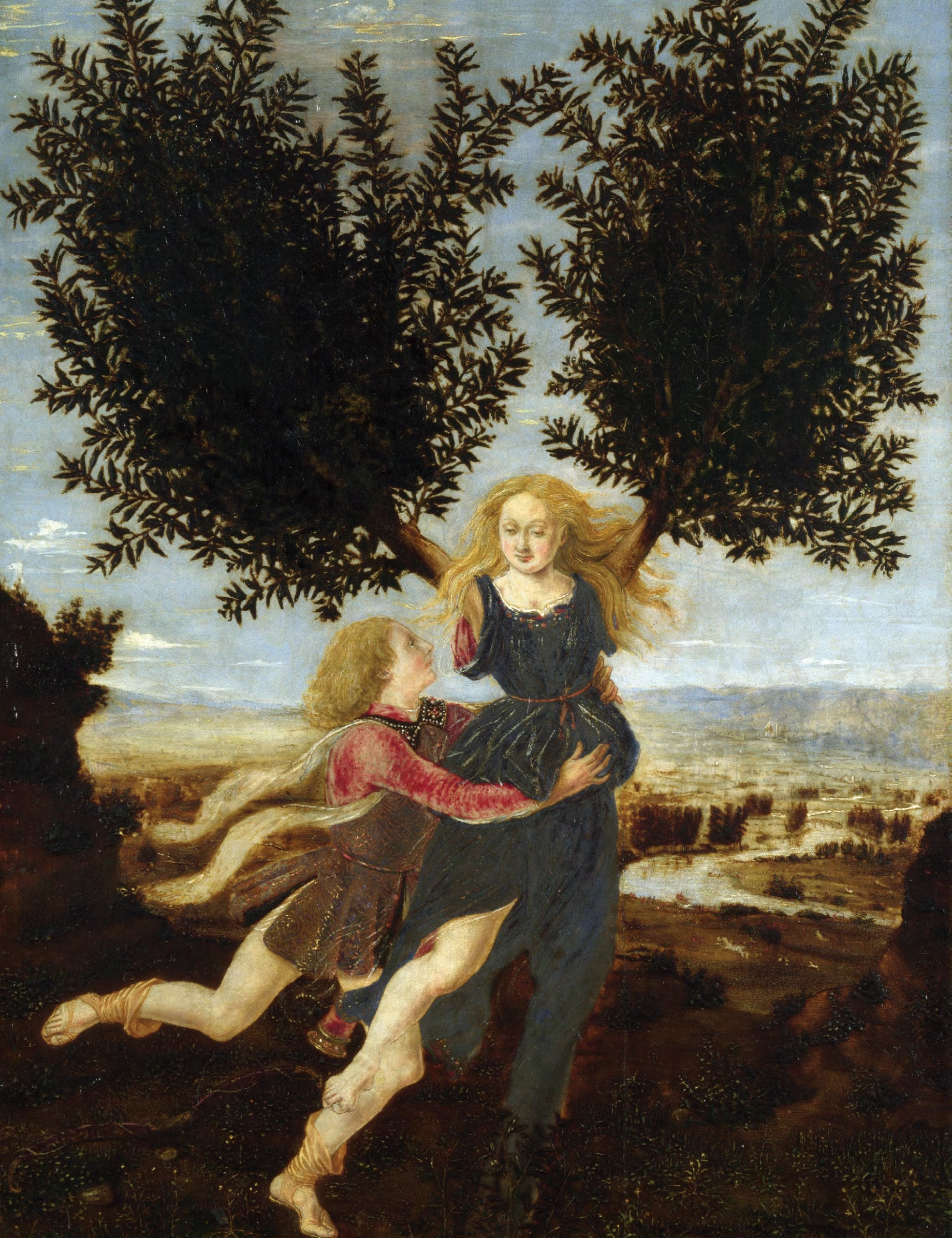
Apparently, a lot of dramatic fleeing was done in the nude in classical times. John William Waterhouse confirms this in his beautiful 1908 painting of Apollo and Daphne, but unusually, the tree appears to be encasing Daphne, gathering her close in protection. Again, like the Bellini marble, the tree intercedes between the persistent young man and the terrified young woman, so as he reaches for her, leaves cross her upturned palm, shielding her from his touch. I find it fascinating that in this painting, although Daphne calls to her father, it is Mother Nature that saves her, quite literally holding her close.
Possibly my favorite version of the myth must be Bartolomeo di Giovanni’s 16th century vision of the fleeing Daphne (above), but she transforms well before Apollo catches her. She turns to him, her tree-arms raised, looking as if she were about to clobber him. Apollo looks undeniably alarmed, and there is the potential of a sequel painting of a beautiful young man fleeing from a vengeful, girl tree who has had just enough of men’s nonsense and needs to settle some scores. She is the Marvel hero we never knew we needed.
I wonder if there is a connection between the Renaissance’s growing harnessing of the natural world, the growth of natural history as an academic subject, and the organization of agriculture, which implied that humans were becoming the master of nature. Images of the unknowable power of the natural world, and of women’s seemingly innate ability to link to ancient, mysterious earth power to thwart the will of man, grow as if watered by fear. The male art viewers were reminded that while your power may permit you to take what you want, nature will always have the last word.
At the end of the story, Apollo takes leaves from Daphne and weaves a headdress, a victor’s crown. He undoubtedly saw himself as the winner in that scenario, which raises so many questions, not least of which is, Can women really ever win? Not only that, he carries a piece of her away even after her transformation, claiming a small part of her forever while she remains rooted to the spot. Having taken my own transformation, I prefer to think more positively. For the rest of time, Daphne is left unmolested, her leaves waving in the wind, sunshine on her branches. If some of her leaves were needed for winner’s crowns, she simply grew more and no longer had to put up with presumptuous gods or the collateral damage from Eros’s jokes.
The gift of transformation is change and choice, and if you ever miss the person you were, remember why you needed that self-revolution. It is the power of rejection, of not only the people who harass you but also the feelings of fear. Remember to grow some thick bark, as the Apollos of this world rarely need an excuse.




